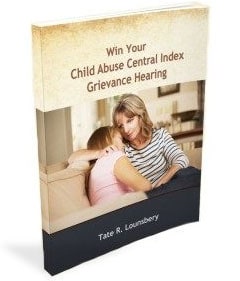Sex and Depression Among Rural High Schoolers
It's estimated that 3.1 million teens from ages 12 to 17 had at least one major depressive episode in the U.S. in 2016, according to the National Institute of Mental Health (NIHM) and those numbers are steadily on the rise.
The Health Monograph Series reported that depression among high school students in rural areas could lead to risky sexual behaviors. (See Robin R. Milhausen, William L. Yarber, Richard Crosby. Self-reported Depression and Sexual Risk Behaviors Among a National Sample of Rural High School Students. The Health Education Monograph Series, Special Issue, Vol. 20, No. 2, 2003.) In the study mentioned in the article, researchers have noted what an important role a person’s affect can play in their decision-making process in regards to behaviors such as unhealthy eating, drug use, and unsafe sexual activity.
One theory is that negative affect can impair self-regulation by causing distressed teenagers to direct their energy toward managing their emotions, which might lead to irrational calculations of risk.
Another theory suggests that people who are distressed can have a shift in priorities and that any risks they happen to take -- despite how they impact their emotional state -- could be seen as ways to positively impact their mood. In these instances, a risk behavior might seem like it's worth the payoff.
However, the same might not be true for depression, which is a low arousal emotional response.
In fact, the opposite might be true, meaning it could elicit the opposite pattern, such as heightened awareness of risk, which might present as an overly cautious approach to decision-making.
Females dealing with depression might have more internalized responses, such as low libido and social withdrawal, whereas males might have more externalized responses, such as acting out or engaging in more risk.
The link between depression and increased sexual risk-taking could be stronger for adolescents than adults. This is likely due to the fact that adolescence tends to be a time where mental health problems arise.
Causes of DepressionSome of the causes of depression among rural high school students might include:
- Lack of self-esteem
- Early childhood trauma
- Hormones
- Brain chemistry
- Inherited traits
- Learned patterns of negative thinking
Some of the risk factors for developing or triggering depression in teens, include things like:
- Dealing with a chronic physical illness or ongoing pain
- Being the victim or witness of violence, such as sexual or physical abuse
- Being gay, lesbian, bisexual, or transgender without support
- Having a learning disability
- Having another mental health conditions, such as anorexia, an anxiety disorder, bulimia, bipolar disorder, or a personality disorder
Living in a rural area could be another factor affecting depression and the subsequent risky sexual behavior, such as not wearing condoms, despite the risks of unwanted pregnancy or STDs.
Distinctive factors in rural communities could increase the risk of depression among high school students. Those factors might include a lack of importance, sources of formal social support, like public health clinics and mental health services.
In addition, the stigma associated with seeking mental health might make teenagers with mental health conditions less likely to seek treatment. As a result, their behavior and decision-making suffers.
Mental health specialists might not be as widely available in rural areas compared to urban areas due to large caseloads or a lack of these types of providers.
Living in a rural community has been linked to increased sexual risk because fewer opportunities exist in terms of supervised activities. The fact that older high school students in rural areas have better access to transportation makes it easier for them to meet up in unsupervised areas and engage in these kinds of activities.
In the above-mentioned study, rural males and females reported having sexual intercourse and not using a condom the last time they had intercourse, having three or more lifetime sexual partners, and having had initiated intercourse before age 15. Some reported having had more than one sexual partner in the past three months.
However, the probability of increased depression and sexual risk among rural high school students still needs to be studied further.
 Lounsbery Law Office, PC Home
Lounsbery Law Office, PC Home
